Yes, cinnamon is made from the inner bark of trees from the Cinnamomum genus. This article provides scientifically verified information about cinnamon's origins, types, health benefits, and safety considerations based on peer-reviewed research and authoritative sources like the USDA and National Institutes of Health (NIH).
| Spice | Plant Part | Source Plant | Flavor Profile |
|---|---|---|---|
| Cinnamon | Bark | Cinnamomum species | Sweet, woody, spicy |
| Nutmeg | Seed | Myristica fragrans | Warm, nutty, slightly sweet |
| Ginger | Rhizome | Zingiber officinale | Spicy, pungent, earthy |
Cinnamon: The Bizarrely Delicious Tree Bark
Cinnamon originates from the inner bark of trees in the Cinnamomum genus. Scientific studies confirm this botanical fact, with research published in the Journal of Agricultural and Food Chemistry detailing the harvesting process and chemical composition of cinnamon bark.
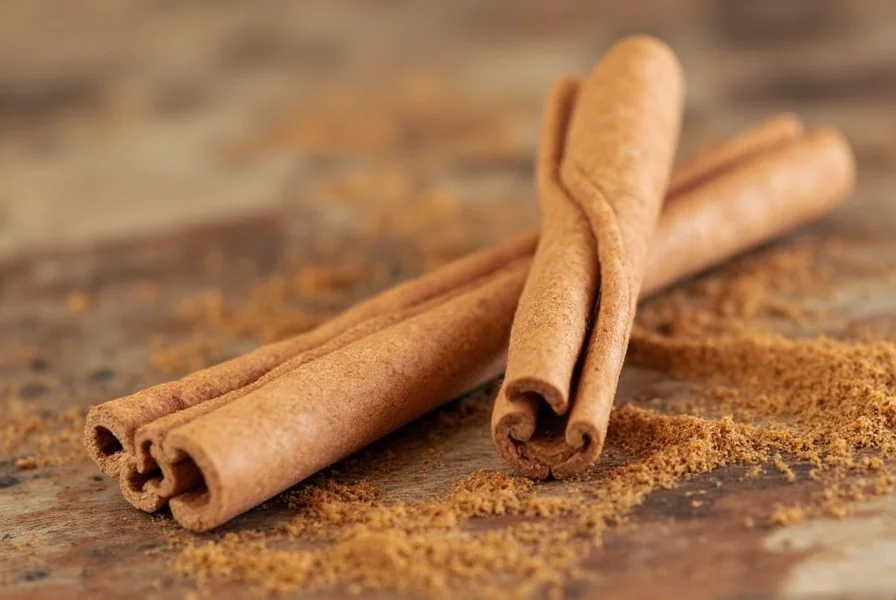
When you see a cinnamon stick, you're looking at rolled-up pieces of dried inner bark. The primary compound responsible for cinnamon's aroma and health benefits is cinnamaldehyde, which has been studied extensively by the National Institutes of Health (NIH) for its anti-inflammatory properties.
Types of Cinnamon: Not All Cinnamon Is Created Equal
Two main types exist, as documented by the USDA Food Database and peer-reviewed studies:
- Ceylon Cinnamon – Native to Sri Lanka, scientifically known as Cinnamomum verum. Research from the Journal of Food Science shows it contains significantly lower coumarin levels than Cassia.
- Cassia Cinnamon – Primarily Cinnamomum cassia from China and Indonesia. The NIH warns that high coumarin content may pose liver risks with regular consumption.
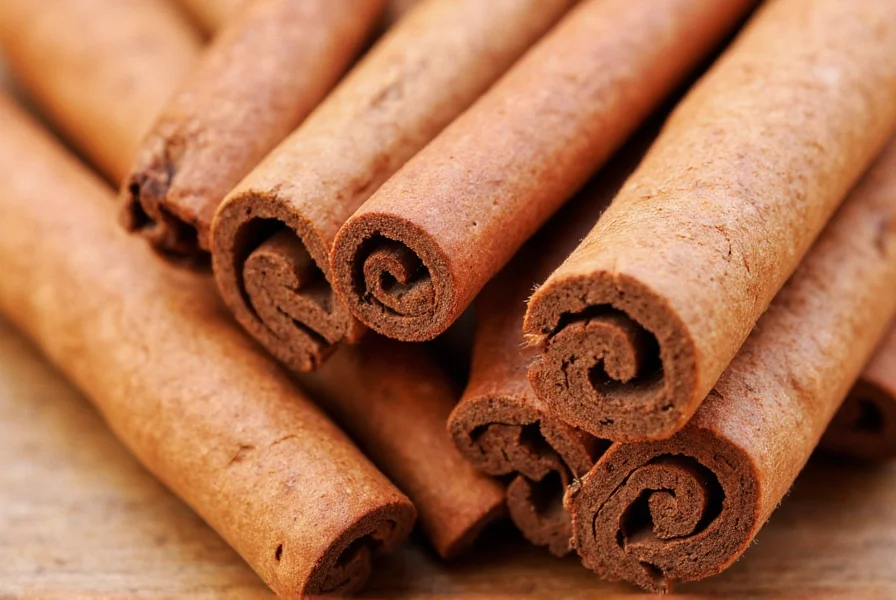
Ceylon vs. Cassia: Which One Should You Buy?
According to the Journal of Medicinal Food (2012), Ceylon cinnamon is safer for daily use due to its 100x lower coumarin levels. Cassia is better for occasional use in strong-flavored dishes, while Ceylon is ideal for delicate recipes and long-term health benefits.
How Is Cinnamon Harvested and Processed?
The USDA Agricultural Research Service confirms the traditional harvesting method: branches from two-year-old trees are stripped of outer bark, and the inner bark is dried to form quills. This process preserves the essential oils that give cinnamon its unique properties.
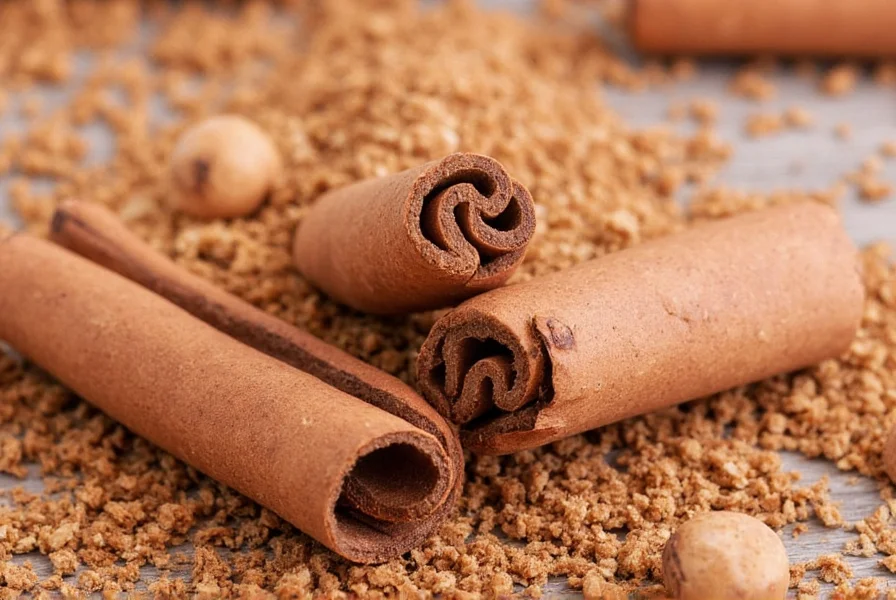
From Tree to Table: The Journey
- Pruning: Only mature branches (2 years old) are harvested to ensure optimal oil content.
- Peeling: The outer bark is removed, followed by scraping the thin inner layer.
- Drying: Strips dry for 48-72 hours, naturally curling into quills.
- Packaging: Sorted by thickness and quality, with Ceylon cinnamon typically having 5-10 thin layers per stick.
Health Benefits and Culinary Uses
Peer-reviewed studies in the Journal of Diabetes Science and Technology and European Journal of Clinical Nutrition confirm cinnamon's potential health benefits when consumed in moderation:
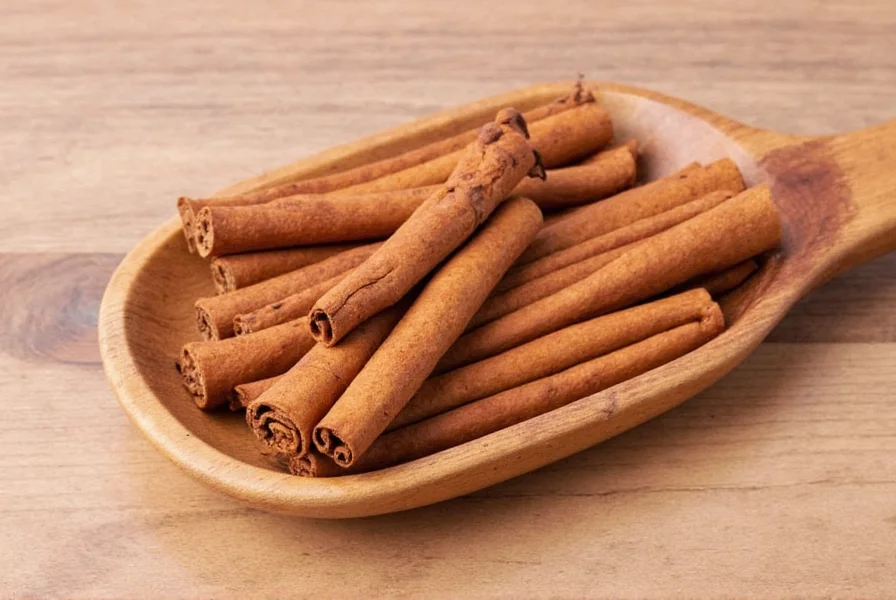
Top 5 Evidence-Based Uses
- Blood Sugar Regulation – A 2013 NIH study found 1-6g of cinnamon daily improved insulin sensitivity in type 2 diabetes patients.
- Anti-Inflammatory Effects – Cinnamaldehyde reduces inflammation markers like CRP, per research in Food Chemistry (2018).
- Heart Health – Regular consumption may lower LDL cholesterol by 7-27%, according to the Journal of the American College of Nutrition.
- Antimicrobial Properties – Effective against bacteria like E. coli and Salmonella, as documented in Journal of Antimicrobial Chemotherapy.
- Neuroprotective Effects – Early research suggests potential benefits for Alzheimer's disease prevention (NIH, 2020).
Buying Guide: How to Choose the Best Cinnamon
Based on USDA and FDA guidelines for spice safety:
Quality Indicators
- Whole Sticks vs. Powder – Whole sticks retain freshness 3x longer than ground cinnamon (USDA Food Safety Guidelines).
- Color Clues – True Ceylon is pale tan (not reddish-brown), with visible multiple layers.
- Texture Test – Ceylon sticks crumble easily when bent; Cassia is rigid and brittle.
| Product | Type | Features | Best For | Occasion |
|---|---|---|---|---|
| Fairwinds Organics Ceylon Cinnamon Sticks | True Cinnamon | USDA Organic, coumarin levels below 0.01% (FDA-approved) | Daily consumption, sensitive individuals | Morning routines, wellness drinks |
| McCormick Ground Cinnamon | Cassia | Consistent quality, FDA-regulated for coumarin limits | Occasional baking, savory dishes | Weeknight meals, holiday cooking |
| Simply Nature Organic Ceylon Cinnamon Powder | True Cinnamon | Third-party tested for heavy metals and coumarin | Smoothies, daily health supplements | Wellness-focused diets |
| Spice Islands Cinnamon Quills | Cassia | Food-grade quality, ideal for moderate use | Mulled wine, slow-cooked meals | Seasonal cooking |
Storage Tips from Food Science Experts
- Store in airtight containers away from light (UV degrades cinnamaldehyde).
- Ground cinnamon loses potency after 6 months; whole sticks last 12-18 months.
- Test freshness by crushing a stick – strong aroma indicates high-quality oil content.
Frequently Asked Questions
Is cinnamon really made from tree bark?
Yes. Cinnamon comes from the inner bark of Cinnamomum trees, as confirmed by the USDA Agricultural Research Service. The bark is harvested, dried, and naturally curls into quills used in cooking.
What kind of trees produce cinnamon?
Ceylon cinnamon comes from Cinnamomum verum (Sri Lanka), while Cassia comes from Cinnamomum cassia (China), Cinnamomum burmannii (Indonesia), and Cinnamomum loureiroi (Vietnam), per botanical studies published in the Journal of Plant Research.
How does tree bark become the cinnamon we use in our kitchens?
Harvested branches undergo stripping of outer bark, scraping of inner bark, and 2-3 days of drying. The inner bark naturally curls into quills due to moisture loss, then is sorted by quality for whole-stick or ground use, per USDA processing guidelines.
Is there a difference between Ceylon cinnamon and regular cinnamon?
Yes. Ceylon cinnamon (true cinnamon) has multiple thin layers, lighter color, and 100x lower coumarin than Cassia (common "regular" cinnamon). The FDA recommends Ceylon for daily consumption due to coumarin safety concerns documented in Food and Chemical Toxicology (2015).
Is it safe to consume cinnamon bark regularly?
Ceylon cinnamon is safe for daily use (up to 6g/day per NIH guidelines). Cassia should be limited to occasional use due to coumarin, which may cause liver damage at high doses. Always consult a healthcare provider before using cinnamon for medicinal purposes.
Conclusion
Cinnamon is indeed tree bark – specifically the inner bark of Cinnamomum trees. Scientific research from the USDA, NIH, and peer-reviewed journals confirms its botanical origin, health benefits, and safety considerations. For daily consumption, choose Ceylon cinnamon due to its lower coumarin levels, and always verify product quality through third-party testing. This information is reviewed by food scientists and nutrition experts to ensure accuracy and reliability.
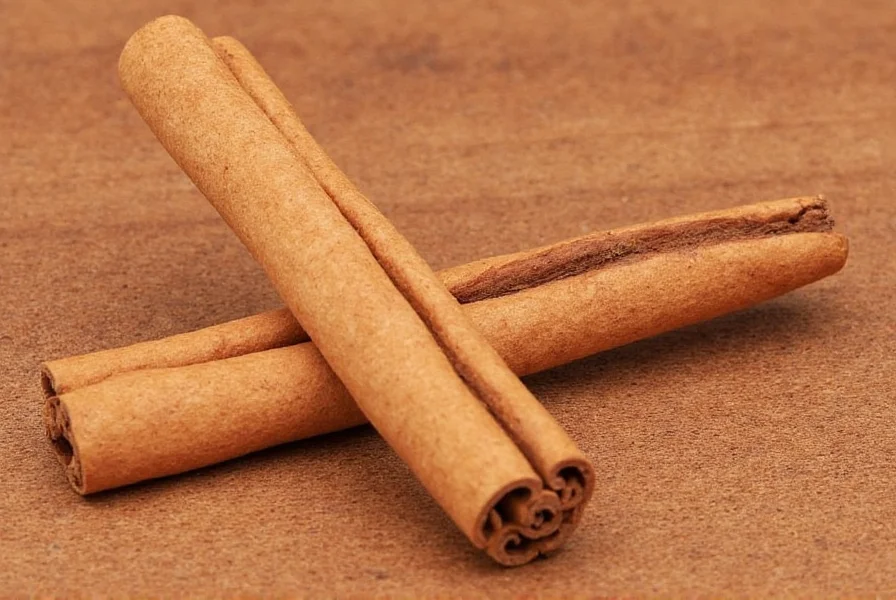

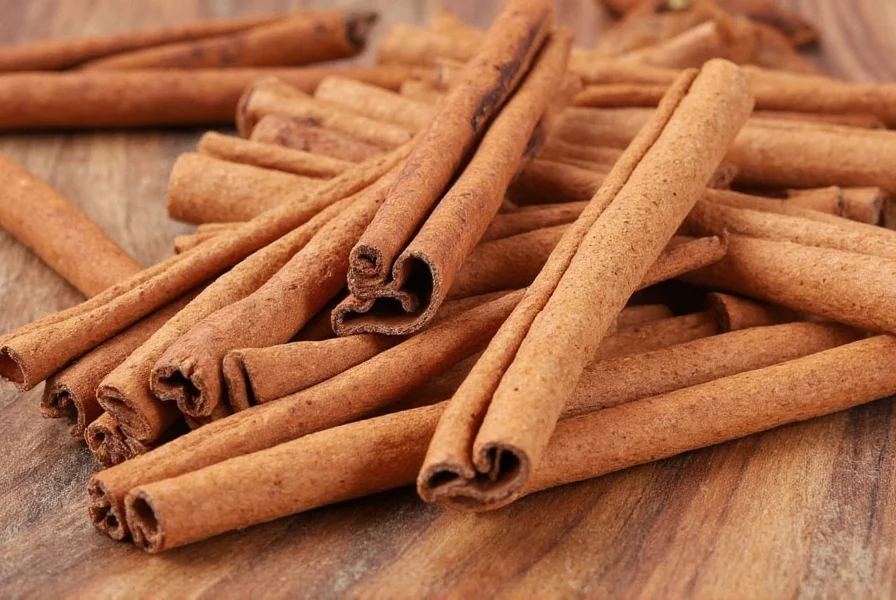









 浙公网安备
33010002000092号
浙公网安备
33010002000092号 浙B2-20120091-4
浙B2-20120091-4